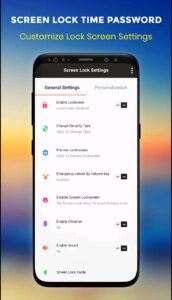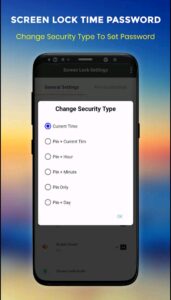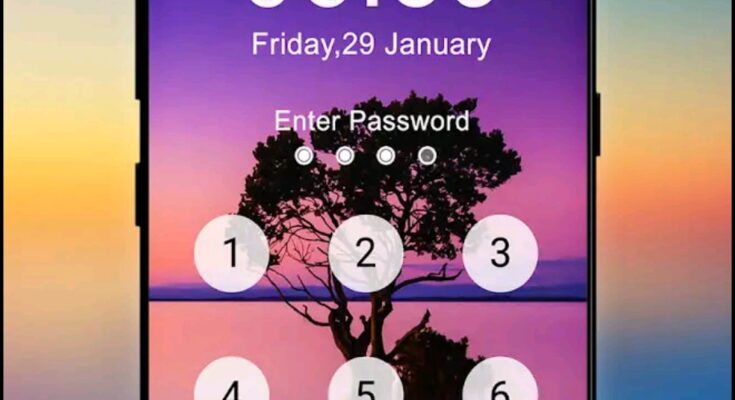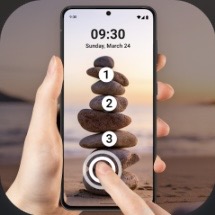Live Time Password Screen Lock: Enhancing Device Security in Real Time
In the age of rapid digitalization, securing personal and professional data has become more critical than ever. While traditional password and biometric locks serve their purpose, they are not immune to breaches. Enter the Live Time Password Screen Lock—an innovative approach that elevates device security by dynamically generating and changing passwords in real time.
A Live Time Password (LTP) screen lock is a cutting-edge authentication system that enhances security through time-based one-time passwords (TOTP) or similar dynamic password mechanisms. Unlike static passwords or PINs, LTPs are designed to change every few seconds or minutes, making it nearly impossible for unauthorized users to gain access—even if they observe a previously used code.

This system typically relies on algorithms that synchronize with an authentication server or app to generate passwords based on the current time and a secret key. Common standards used include the Time-based One-Time Password algorithm (TOTP), which is widely adopted in two-factor authentication systems. In an LTP screen lock, this concept is extended directly to the screen unlocking process, offering a real-time adaptive barrier against intrusion.
Key Features of Live Time Password Screen Locks
- Dynamic Security: The most prominent feature is its constantly changing password. A new code is generated at short intervals (usually every 30 to 60 seconds), drastically minimizing the window of opportunity for any unauthorized attempt.
- Synchronization with Trusted Devices: LTP screen locks often work in tandem with companion apps on smartphones, smartwatches, or cloud-based services. The device owner accesses the current password via their secure secondary device, ensuring only they can view the live code.
- Reduced Risk of Shoulder Surfing: Traditional PINs or patterns can be observed and memorized. Since LTPs expire rapidly, they are highly resistant to such low-tech hacking methods.
- Minimal Data Stored on Device: These systems often store only the algorithm and secret key, not the actual passwords, reducing the risk of data exposure even if the device is compromised.

Benefits and Applications
LTP screen locks offer unmatched security for sensitive devices—such as those used in corporate environments, by government agencies, or for managing high-value financial transactions. They are particularly beneficial for users who are frequently on the move or working in public spaces, where the threat of observation or theft is higher.
Additionally, integrating LTP with biometric checks (like fingerprint or facial recognition) can create a powerful two-factor authentication system at the device lock screen level. This combination ensures that even if one factor is compromised, the other remains a strong line of defense.
Click Here
Challenges and Considerations
While the Live Time Password screen lock offers robust security, it also introduces a few challenges. Users must have access to a synchronized device or app to retrieve the current password, which could be problematic if that device is lost or unavailable. Moreover, time synchronization between the device and server is critical; any discrepancy can result in failed authentication attempts.
Conclusion
The Live Time Password screen lock represents the next evolution in digital device security. By leveraging real-time, dynamic passwords, it significantly reduces the risk of unauthorized access and offers peace of mind to users in high-risk environments. As cybersecurity threats continue to evolve, adopting adaptive technologies like LTP is not just smart—it’s essential.



